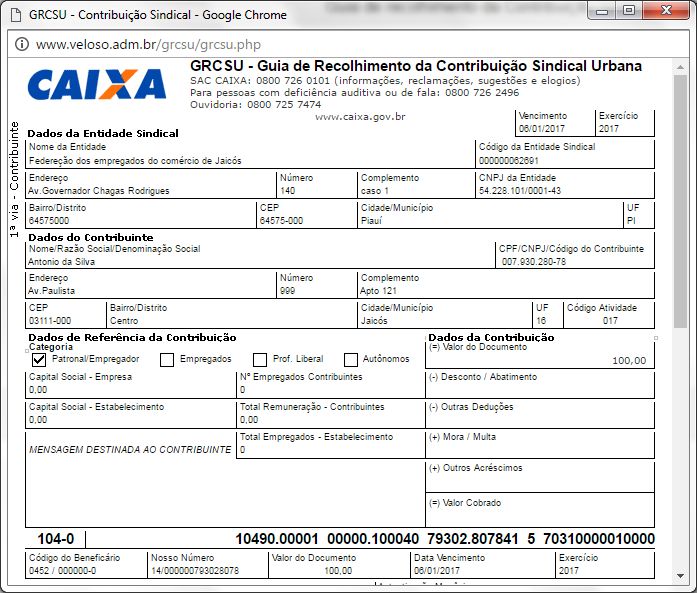Blog with rare hardware drivers which you lost and can't find online. Revocer it here!:).
Where are USB serial drivers installed on the Mac? How can I check which drivers are installed, and how do I remove a driver?
MilliwaysMilliways1 Answer
Hardware Drivers in OS X are typically in the form of Kernel Extensions and the primary location is /System/Library/Extensions/ however they can also be within an Application Bundle. You can use kextunload to unload a Kernel extension. To see what Kernel extensions are loaded use the kextstat command in a Terminal.
Have a look at the manual page KEXTUNLOAD(8) and also the Unloading a Kernel Extension with kextunload section in How to Load & Unload Kernel Extensions in OS X, excerpt show below.
Unloading a Kernel Extension with kextunload
Unloading a kernel extension from OS X is basically the exact same as loading a kext, except you’ll use the kextunload utility with sudo as follows:
Or by pointing directly to the kernel extensions path:
Again, you can confirm the kernel extension has been unloaded by using kextstat and grep, where it should return nothing.
 user3439894user3439894
user3439894user3439894You must log in to answer this question.
Not the answer you're looking for? Browse other questions tagged macosdriver .
Canon Pixma Driver For Mac
If you want to import data into Excel for Mac from a database (for example, from FileMaker Pro), you need an Open Database Connectivity (ODBC) driver installed on your Mac. The driver you get depends on which version of Excel for Mac you have.
The instructions below apply to Excel 2016, 2019 and Office 365 fo Mac.
These versions of Excel do provide an ODBC driver for connecting to SQL Server Databases. On the Data tab, click New Database Query > SQL Server ODBC. Then use the dialog boxes to import the data.
If you are connecting to other ODBC data sources (for example, FileMaker Pro), then you'll need to install the ODBC driver for the data source on your Mac. Drivers that are compatible with Excel for Mac are available from these companies:
Important: As of August 2016, Excel 2016 for the Mac was updated from 32-bit software to 64-bit software. To see if you have this update, click the Excel menu > About Excel. If you have version 15.25 or later, you have the 64-bit version.
The 64-bit update helps Excel run faster, and makes it more reliable when working with very large files. However, if you are using a 32-bit ODBC driver from one of the companies listed above, it may cause Excel to crash when connecting. To avoid this, install a 64-bit driver from the company’s website.
Download Brother Driver For Mac
This version of Excel does not provide an ODBC driver. You must install it yourself. Drivers that are compatible with Excel for Mac 2011 are available from these companies:
Compare Driver For Mac
After you install the driver for your source, you can use Microsoft Query to create new queries or refresh existing queries that were created in other versions of Excel, such as Excel X, Excel 2004, and Excel for Windows. For more information, see Import data from a database in Excel for Mac 2011.